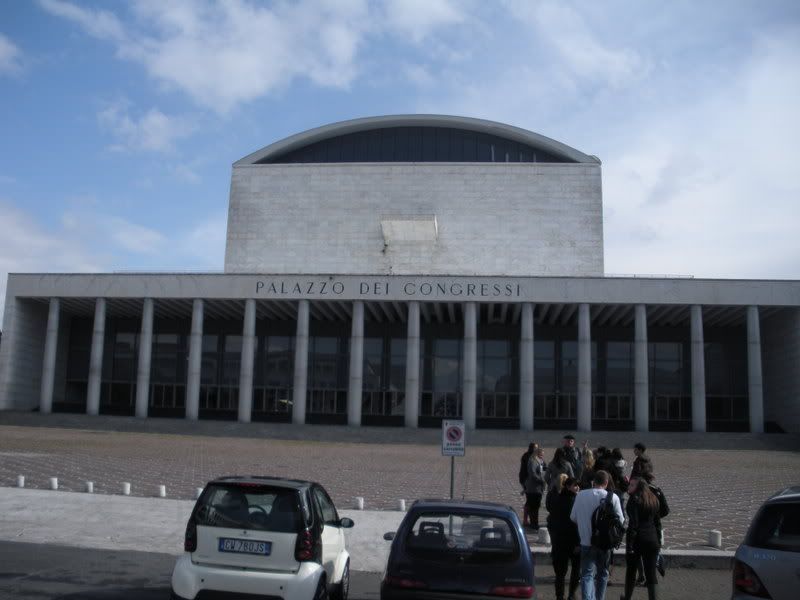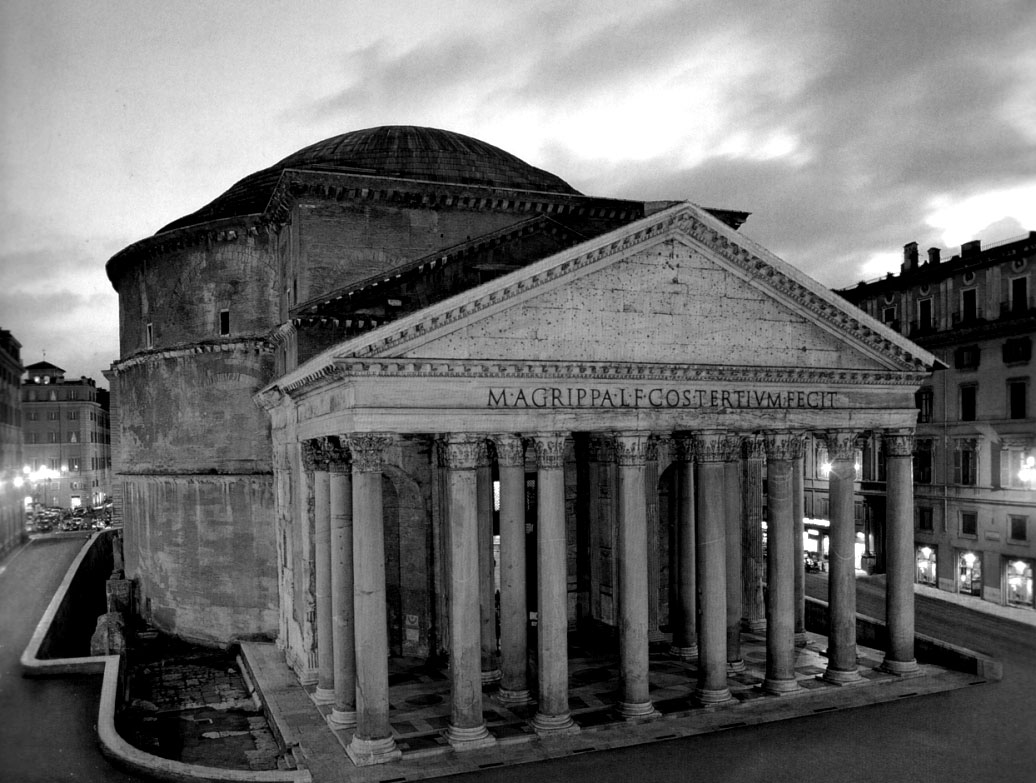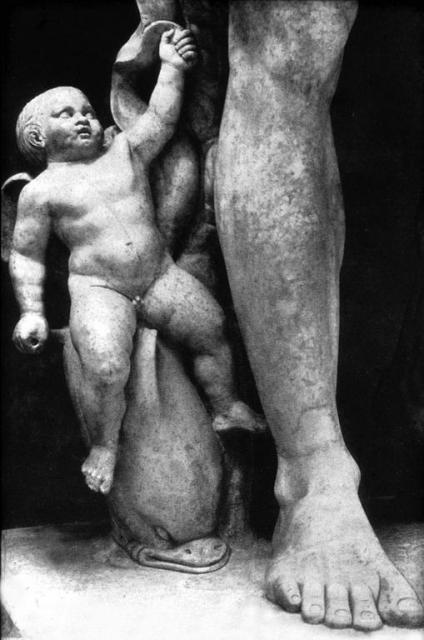Allergies are killing me. I don't have time to feel sick, but sick I feel. Also, sneezing in a library feels like an unforgivable sin.
Anyways, Rome has fallen...in the afternoon class at least. Now we're moving onto looking at how Rome was viewed in the Renaissance. I'm looking forward to this because this gets into the idea of Rome and memory which is what my project might be kind of about.
The morning class is moving onto Trajan next who built a bath complex! I might love Roman baths a little too much.
Both classes discussed Domitian and Tacitus' Agricola which was Tacitus' eulogy of sorts for his father. In it he talks about all of Agricola's finest moments as governor while mentioning Domitian as a way to show just how bad Domitian was as an emperor. It was a bit of a deja vu moment in the afternoon class, and honestly, Domitian wasn't that bad. Treason trials were never good, but he wasn't as bad as Tacitus made him out to be.
Publication: AE 1940 EDCS-ID: EDCS-15300223
Province: Roma Place: Roma
Therm(ae) Traian(i)
Translation: Baths of Trajan
That's the inscription on the complex which in his time would've been a form of propaganda to promote his image. Now, it remains on a feature of Roman society that was distinctly Roman.
Here's another picture of public writing that I've collected. What everyone assumes to be graffiti is actually dipinti because graffiti has to be carved into its medium. Anyways, the above picture is taken from a bathroom in BASIS, and the message is written on the stall wall with silver sharpie.
For these epigraphs, I'm considering questions about who wrote it and why did they write it as well as the deeper meaning behind a simple phrase. In the way that Latin inscriptions are a window into Roman society, I'm looking at the modern ones I find for what insight they offer about our modern society.
Who wrote this? Seeing as it was found in a girl's bathroom, I think we're safe in assuming that it was not written by an 8th grade boy. Then again, his shenanigans are his own.
Why was it written? Notice the grammar structure of this particular epigraph. The command to "be happy" is imploring whomever is in the stall to, very simply, be happy. The why was it written connects to deeper meanings behind this public writing. While on the surface it seems rather inane, it could relate to deeper issues such as depression.
And the hashtag, oh the hashtag, "You only live once." The abbreviated hashtag is a reason for the reader to be happy. Personally, I find YOLO to be used to often as a means of justifying blatant stupidity. The phrase is thrown around because...yolo. The idea is the same as carpe diem which was at the end of one of Horace's odes. Although the words have changed, the idea of living in the moment connects this scrawled bathroom message to Horace and the Romans.
Leuconoë, don’t ask, we never know, what fate the gods grant us,
whether your fate or mine, don’t waste your time on Babylonian,
futile, calculations. How much better to suffer what happens,
whether Jupiter gives us more winters or this is the last one,
one debilitating the Tyrrhenian Sea on opposing cliffs.
Be wise, and mix the wine, since time is short: limit that far-reaching hope.
The envious moment is flying now, now, while we’re speaking:
Seize the day, place in the hours that come as little faith as you can.
Ita, carpe diem, amici.



.jpg)



.JPG)
.JPG)
.JPG)